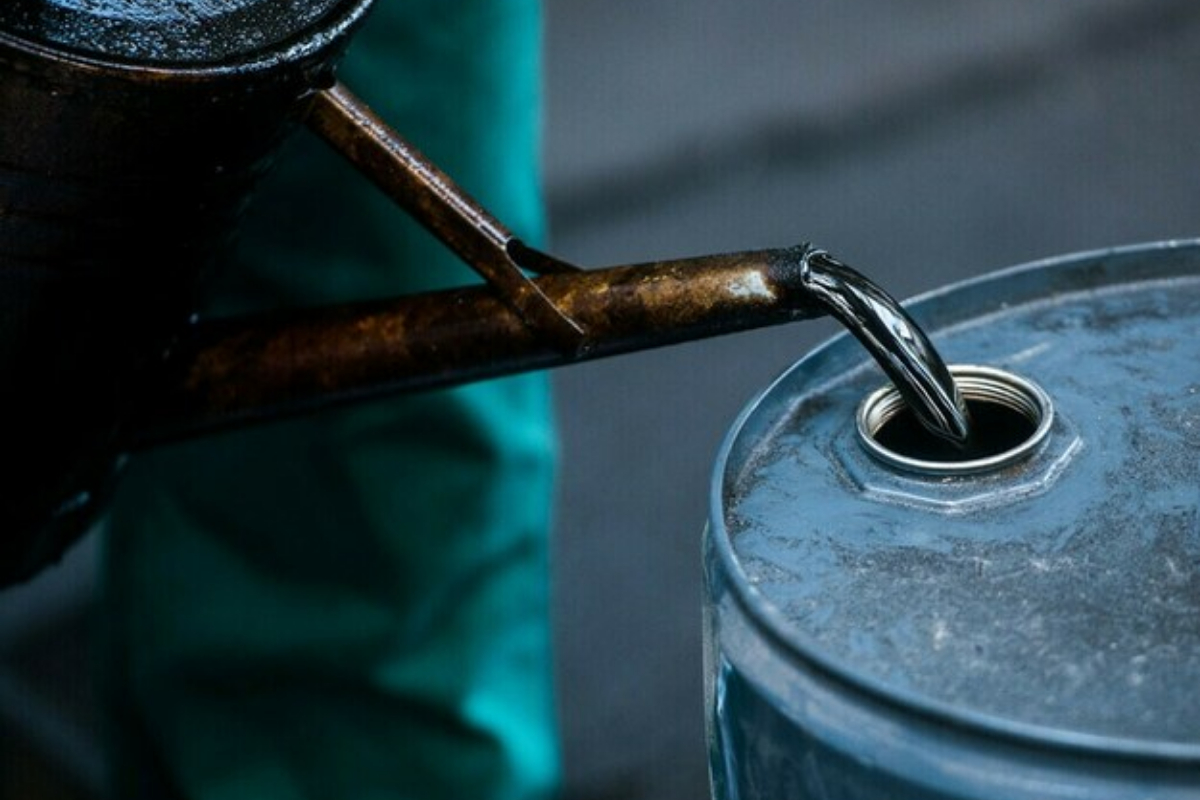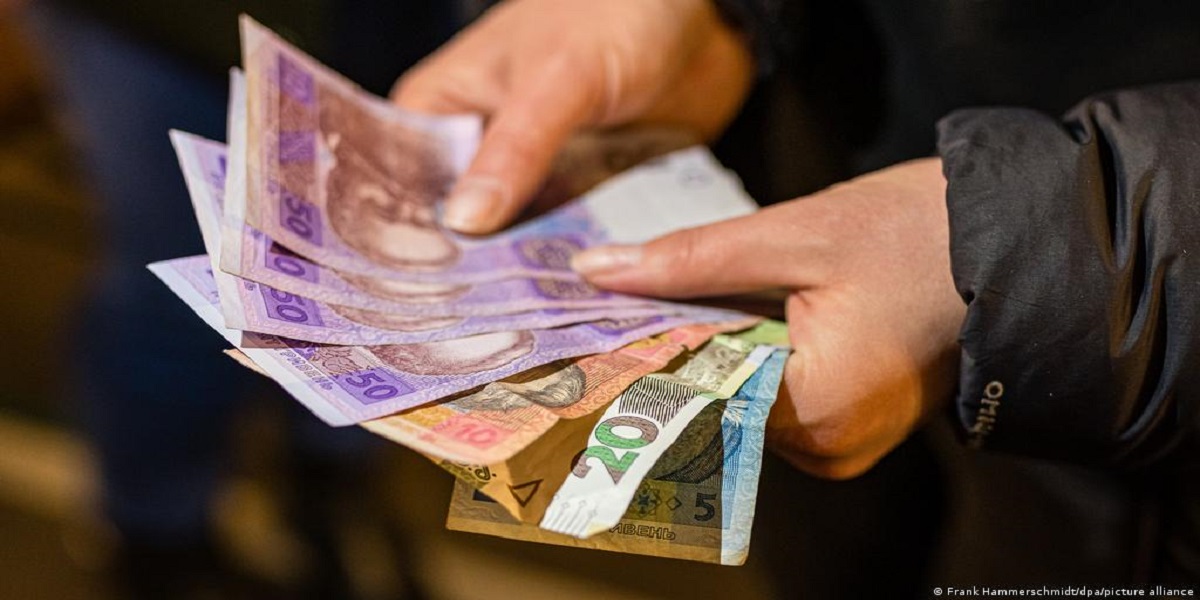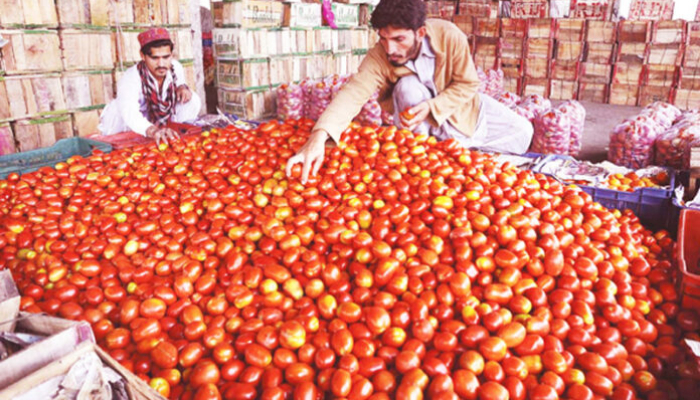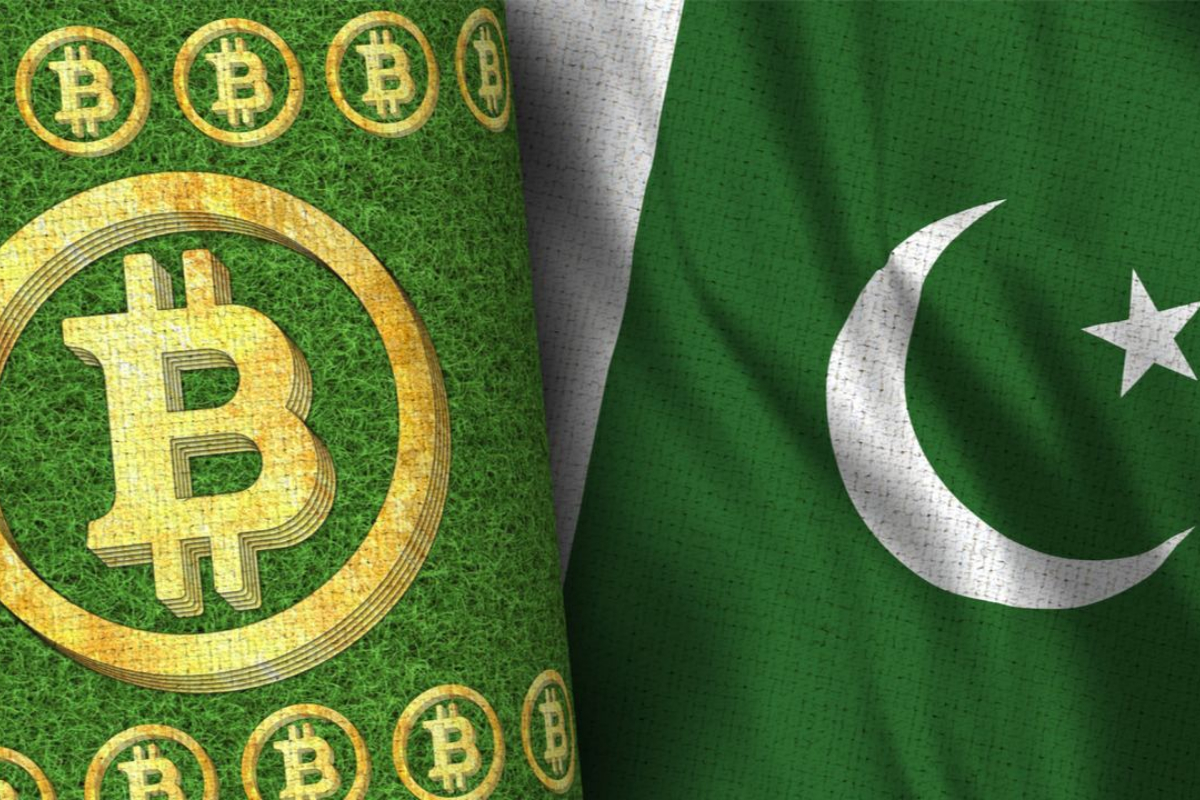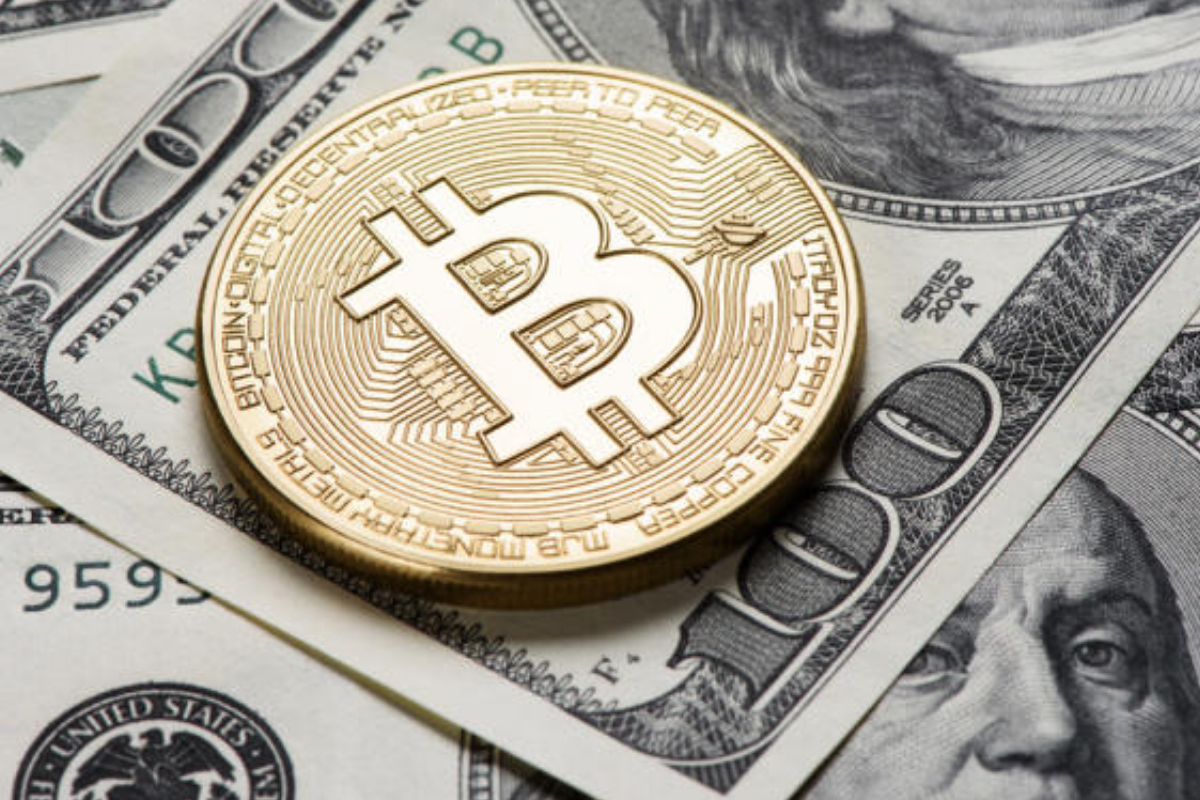KARACHI: Pakistan’s oil products sales fell 20 per cent to clock-in at 1.44 million tonnes in January 2023 against 1.8 million tonnes in the same period of the last year, official data suggests on Thursday.
“The decline in the oil sales is mainly attributable to a slowdown in the economic activity, coupled with higher prices,” Asad Ali at Insight Securities said.
On sequential basis, the oil sales went up 8 per cent. Cumulatively in the seven months of FY23 (July-January 2022/23), the oil sales plunged 19 per cent to 10.48 million tonnes, compared with 12.92 million tonnes in the same period of the last year.
The furnace oil (FO) sales witnessed a major decline of 45 per cent YoY to 143k tonnes in January 2023.
“The decline is primarily attributable to lower FO-based power generation during the month.” However, the same went up 16 per cent MoM due to better off-take of the furnace oil for power generation.
Likewise, the high-speed diesel (HSD) sales in January 2023 recorded a decline of 21 per cent YoY to 584k tonnes due to a slowdown in the economic activities, higher prices and the influx of smuggled Irani diesel. Similarly, motor spirit (MS) sales fell 13 per cent YoY to 648k tonnes.
Among the listed companies, CNERGY sales recorded the highest decline of 77 per cent YoY; followed by the Pakistan State Oil (PSO), down 18 per cent; Shell Pakistan sales declined 15 per cent, Attock Petroleum Limited (APL) 13 per cent, and Hascol sales declined 11 per cent during the month.
The PSO strengthened its market share from 49.8 per cent in the seven months of FY22 to 51.1 per cent in the same period of FY23; followed by Hascol, which improved its market share by 0.2 percentage points.
On the flip side, the market share of CNERGY declined to 2.3 per cent in the period under review from 4.6 per cent in the same period of FY22; followed by Shell and APL, whose market share declined 0.2 percentage points and 0.1 percentage points, respectively in the seven months of FY23.
“As per our estimates, the government is likely to collect Rs299 billion in the seven months of FY23 on account of petroleum development levy (PDL). Currently, the government is collecting PDL of Rs50/litre on petrol and Rs40/litre on HSD,” Asad added.
Even with the maximum possible PDL on petrol and HSD (Rs50/litre), the government is unlikely to achieve its budgeted target of Rs855 billion.
Due to this, the International Monetary Fund (IMF) has been pushing for more stringent measures to fill the tax shortfall, such as an increase in the PDL limits and the imposition of a general sales tax (GST).
Going forward, the analysts expect the oil sales to remain under pressure due to a slowdown in economic activities, a decline in the automobile sales, coupled with the challenges on agriculture front. However, the Oil Marketing Companies (OMCs) will reap the benefits of higher margins.
[embedpost slug=”/investors-flock-to-the-uks-tech-ecosystem/”]

